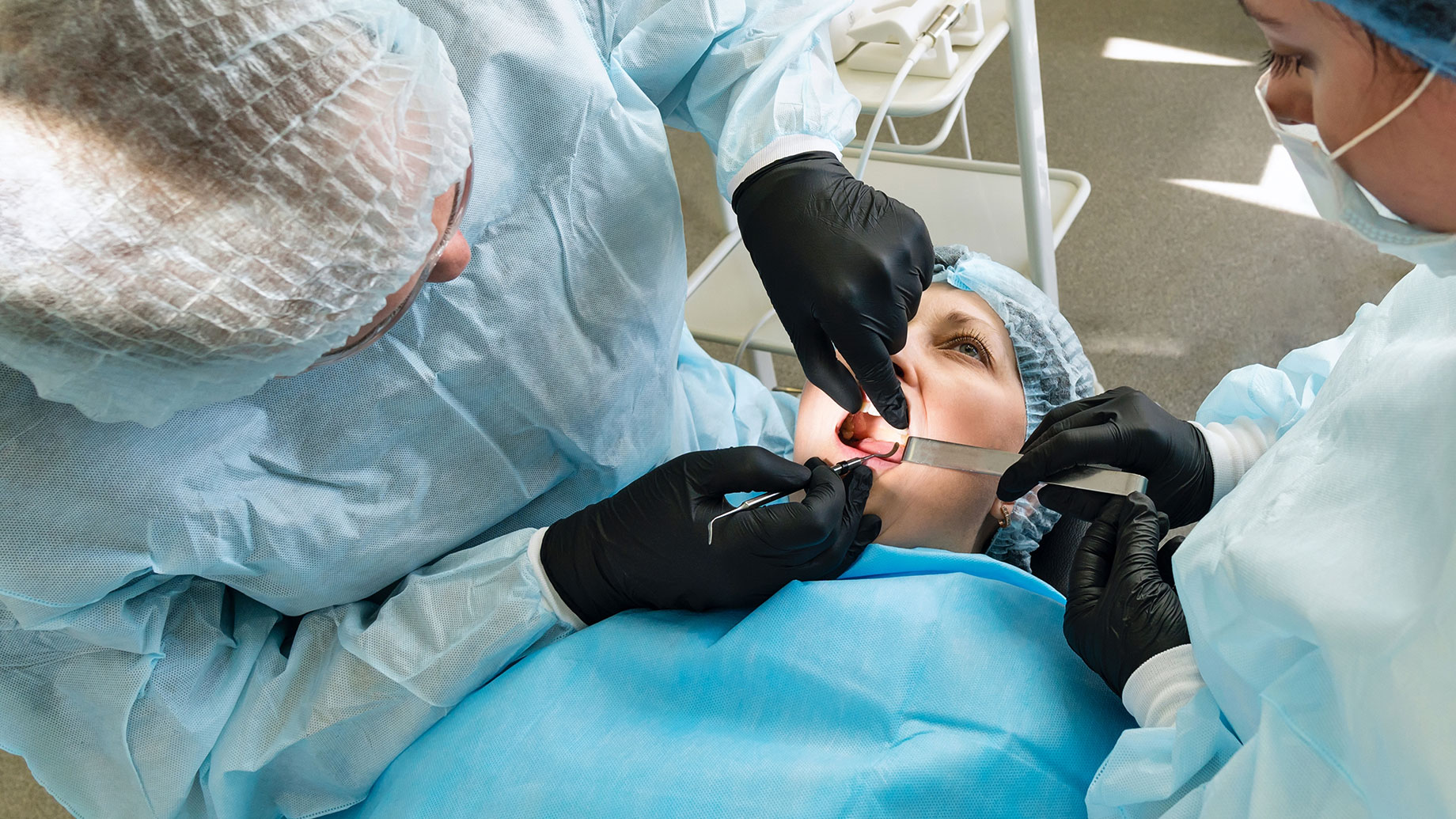
Tooth pain can be frustrating and even scary when you do not know the cause. You may wonder whether it will pass on its own or if you need to see a dentist straight away. In some cases, a simple treatment like a filling can fix the problem. But other times, the damage or infection is too severe and the tooth may need to be removed.
Tooth extractions are more common than people think. While dentists always try to save your natural teeth, there are situations where taking a tooth out is the best option. If you are unsure about your symptoms, a qualified dentist can examine your mouth, explain what is going on and help you decide what to do next.
What is a Tooth Extraction?
A tooth extraction is the removal of a tooth from its socket in the jawbone. This can be done for a number of reasons, such as tooth decay, infection, crowding or trauma. The procedure is usually performed under local anaesthetic, so it is not painful. You may feel pressure, but you should not feel sharp pain during the extraction.
There are two main types of extractions. A simple extraction is done on a tooth that is fully visible and can be pulled out easily. A surgical extraction is more complex and may be needed if the tooth is broken, impacted or below the gum line. Wisdom teeth often require surgical removal.
Common Signs You Might Need a Tooth Extraction
So how do you know when it is time to have a tooth removed? Here are some signs to look out for:
1. Severe Tooth Decay
When tooth decay spreads too deep and affects the pulp or root of the tooth, a filling or root canal may not be enough to save it. If the decay has weakened the structure too much, extraction may be the only solution.
2. Infection or Abscess
An infection that has reached the root of the tooth or surrounding bone can be serious. While antibiotics and root canal treatment are often used first, extraction may be required if the infection does not improve or keeps coming back.
3. Crowded or Impacted Teeth
Sometimes teeth do not have enough space to grow properly. This is common with wisdom teeth and can also happen during orthodontic treatment. Removing one or more teeth can help prevent pain, crowding or damage to nearby teeth.
4. Loose Teeth from Gum Disease
Advanced gum disease can damage the tissue and bone that support your teeth. If the tooth becomes too loose, it may need to be removed to protect the rest of your mouth.
5. Broken or Cracked Teeth
A tooth that has been broken or cracked due to injury or grinding may be too damaged to fix. If a crown or filling cannot restore it, extraction may be needed to avoid further problems.
What to Expect During a Tooth Extraction
Before removing a tooth, your dentist will take an X-ray to assess its position and shape. This helps them plan the safest and easiest way to extract it.
Here is what typically happens:
- You will be given local anaesthetic to numb the area around the tooth
- For a simple extraction, the dentist will use tools to loosen the tooth and gently pull it out
- For a surgical extraction, a small cut may be made in the gum, and the tooth may be broken into smaller pieces for easier removal
- The dentist will clean the area and may place stitches if needed
- You will receive aftercare instructions and possibly some pain relief medication
Most people recover from an extraction within a few days. Following your dentist’s instructions will help prevent complications and speed up healing.
Tooth Extraction Aftercare Tips
Taking care of the area after an extraction is important to avoid pain or infection. Here are some simple tips:
- Rest for at least 24 hours after the procedure
- Avoid rinsing, spitting or using straws for the first day
- Eat soft foods like soup, yoghurt or mashed potatoes
- Do not smoke or drink alcohol while healing
- Brush gently around the area, avoiding the socket
- Use ice packs to reduce swelling if needed
If you experience severe pain, bleeding or swelling after a few days, contact your South Yarra dentist straight away.
What Are The Alternatives to Extraction?
Dentists aim to save your teeth whenever possible. Depending on the issue, other treatments may be available, such as:
- Fillings or crowns for damaged teeth
- Root canal therapy for infected teeth
- Periodontal treatment for gum disease
- Orthodontics to adjust crowding
Always ask your dentist about all your options before deciding on extraction.
Replacing a Missing Tooth
If a tooth is removed, it is usually a good idea to replace it. Missing teeth can affect your bite, speech and self-confidence. Over time, the surrounding teeth may shift and cause other issues.
Popular options include:
- Dental implants
- Bridges
- Partial dentures
Your dentist will help you choose the best option based on your budget, oral health and goals.
The Bottom Line
Tooth extractions are a safe and effective solution for many dental problems, but they are usually the last resort. The best way to know whether you need an extraction is to get a proper diagnosis from a trusted South Yarra dentist. With the right advice and care, you can protect your smile and avoid more serious issues down the line.
Do not wait until the pain becomes unbearable. If you are experiencing any symptoms mentioned above, book a dental check-up and get the help you need today.